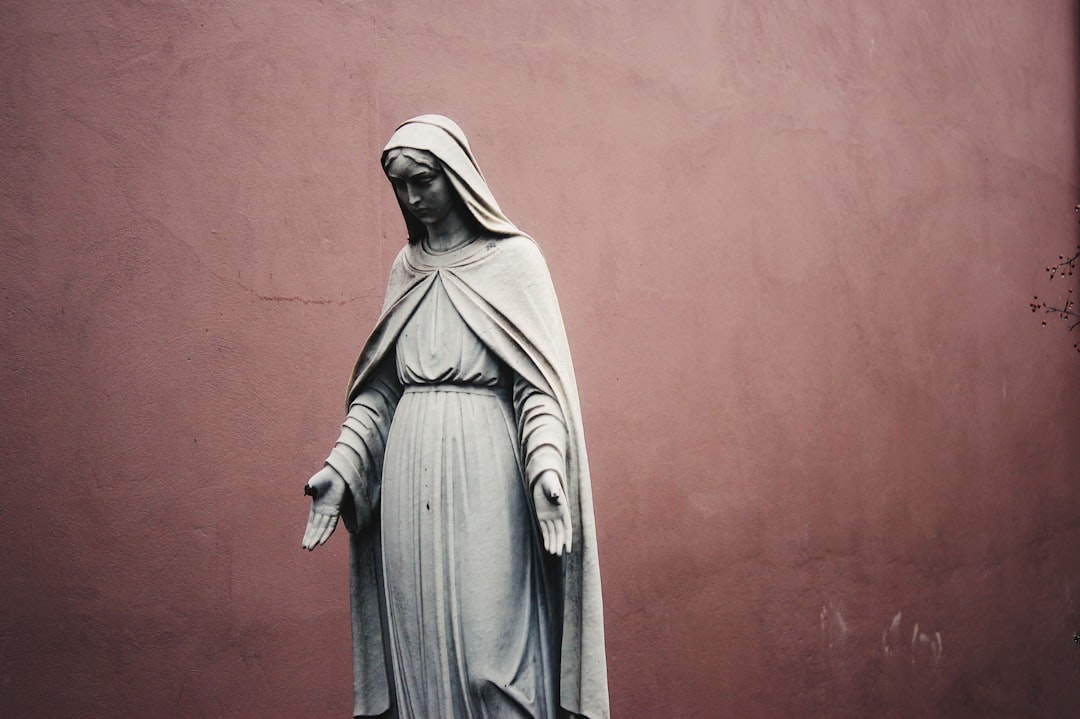What is it about?
In the 1980s, the question of whether women should be allowed to be priests on an equal footing with men, caused a controversy in the Kirinyaga diocese of the Anglican Church of Kenya (ACK). Archbishop David Gitari (1937–2013) played a critical role in resolving the question in favour of women's ordination.
Featured Image

Photo by Kiwihug on Unsplash
Why is it important?
We show how the issue of women’s ordination has been addressed in formal Anglican decision-making processes, by analysing (1) people's memories of the discussions and changes that occurred in the ACK in the 1980s, and (2) the ‘official’ documents, decisions, and statements of the ACK and the Lambeth Conferences of 1978, 1988, and 1998. These confirm the influence of patriarchal theologies and attitudes in Kenya and in the wider Anglican church around the world.
Perspectives
One of the things we discuss in this article is the influence of colonial, Eurocentric attitudes and theologies on the gender relations that Anglican churches legitimize in their structures and practices (not only in Kenya). Although we talk about this in historical terms in our article, it is clear that these attitudes are still influential in the ways we continue to imagine and define Christianities. For example, this platform (Kudos) invites authors to "add an image to your publication page", and provides a tool to "search our image library" for a suitable image. First I searched for images of "Kenyan church" but this only returned images of historic European church buildings. Then I searched for images of a "priest" - this resulted almost exclusively in images of white men in high church vestments. Whereas, when I searched for "Kenya", the images were like those from a tourist brochure promoting a safari: jumping Masai moran, smiling Samburu girls, giraffes on a grassy plain, acacia trees silhouetted against the sunset. These images and the words and ideas we popularly associate with them reveal the continuing power of the story that Christianity is white, European, and represented by men in positions of leadership. (And the story that "Africa" is premodern, undeveloped, and so on.) So the tangle of problems we identify and analyze in this article is still highly relevant - I was not able to find a stock image of a black female priest to illustrate an article about the ordination of Kenyan women.
Dr Eleanor Tiplady Higgs
Brunel University
Read the Original
This page is a summary of: Global Anglican Discourse and Women’s Ordination in Kenya: The Controversy in Kirinyaga, 1979–1992, and its Legacy, Journal of Anglican Studies, January 2021, Cambridge University Press,
DOI: 10.1017/s1740355320000467.
You can read the full text:
Resources
Contributors
The following have contributed to this page










